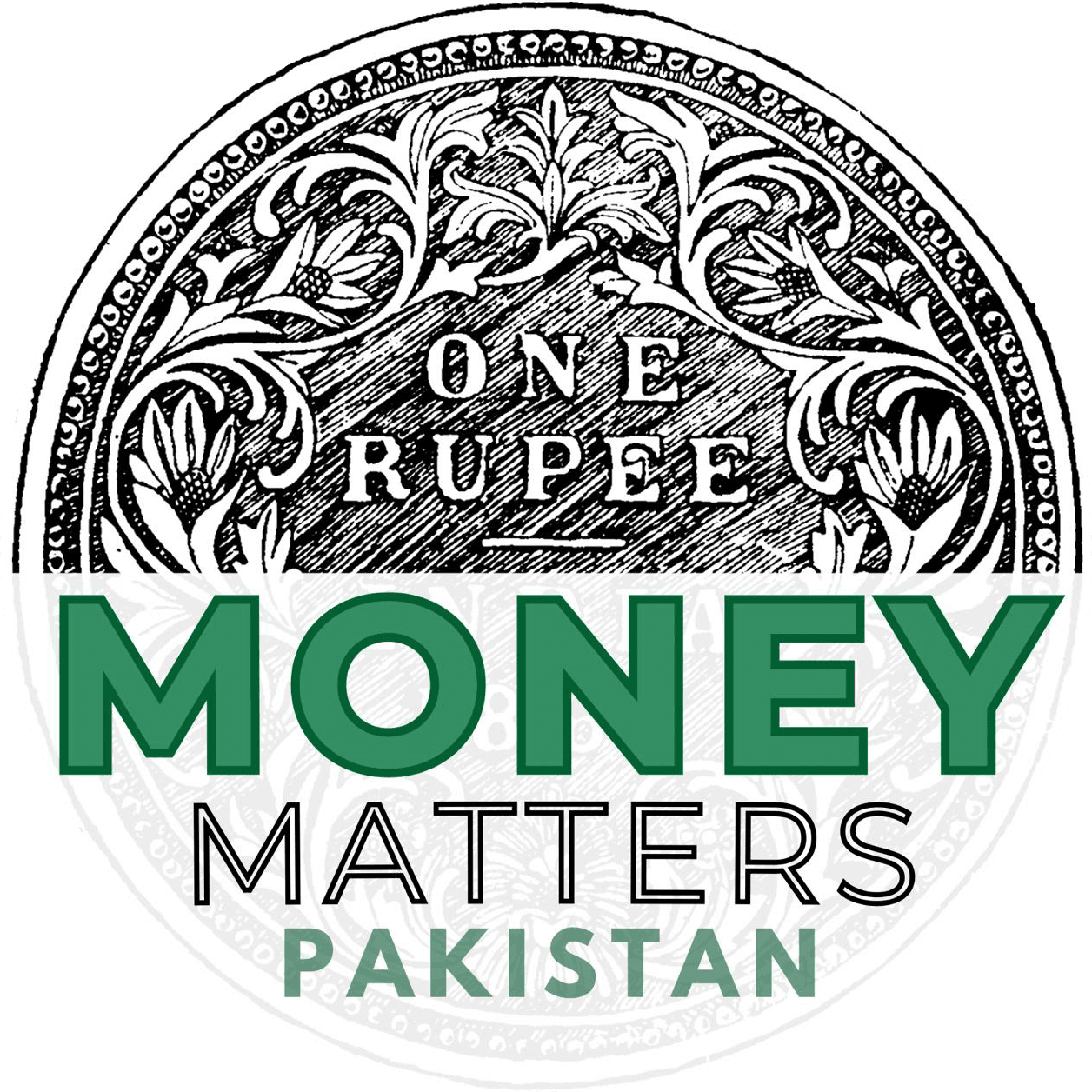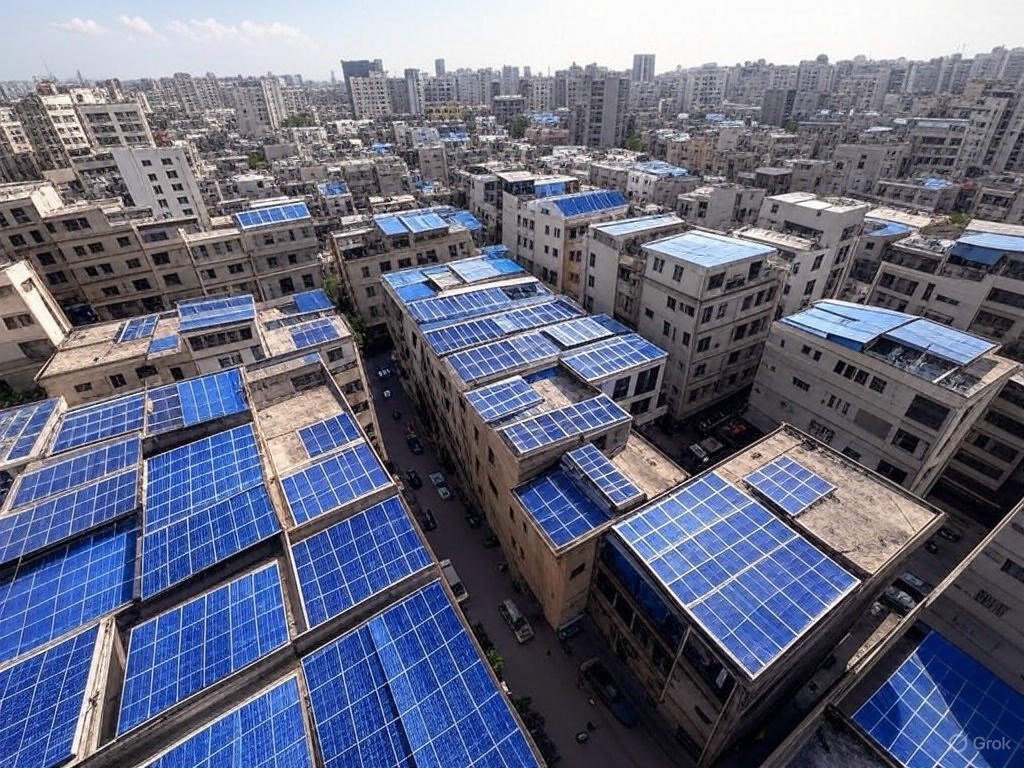South Asian nation’s solar boom driven by economic necessity, not environmental policy
Key Takeaways:
i) Pakistan has become the world’s largest solar panel importer, driven by household and business demand for cheaper, reliable energy.
ii) This solar boom is primarily a response to economic pressures and grid instability, rather than national policy or climate initiatives.
iii) The rapid, decentralized adoption of solar energy necessitates updated planning and regulatory frameworks to ensure a sustainable transition.
Islamabad, Pakistan – April 14, 2025 – Pakistan has quietly become the world’s largest importer of solar panels, marking a significant shift in its energy landscape. Despite the absence of a sweeping national policy or large-scale investment blitz, the South Asian nation imported 17 gigawatts of solar panels in 2024 alone, according to the Global Electricity Review 2025 by Ember, a UK-based energy think tank. This surge, doubling the previous year’s imports, positions Pakistan as a leading player in the global solar market.
The primary driver behind this unexpected boom is the increasing adoption of rooftop solar installations by households and businesses seeking cheaper and more reliable electricity. Frequent power outages and rising energy costs have compelled many Pakistanis to seek alternatives to the strained national grid. As the original article in The Independent notes, Pakistan “quietly became the world’s largest importer of solar panels.” Pakistan’s power sector has long faced challenges, including high transmission losses and reliance on imported fuels. The government has attempted to address these issues through various policies, including the Alternative and Renewable Energy Policy 2019, which aimed to increase renewable energy generation to 20% by 2025 and 30% by 2030. However, the current solar boom appears to be driven more by necessity than by these policy initiatives. According to the article, “the South Asian nation imported 17 gigawatts of solar panels in 2024 alone.”
“The solar boom is best understood as a ‘survival response’,” explains Muhammad Mustafa Amjad, Programme Director at Renewables First, as quoted in the Independent. “People and businesses were increasingly being priced out of the grid due to inefficient planning and unreliable supply.” He further notes that solar panel imports in fiscal year 2024 equate to roughly half of Pakistan’s national peak power demand, signaling “a structural shift in how energy is perceived in Pakistan.”
Frequent power outages and rising energy costs have compelled many Pakistanis to seek alternatives to the strained national grid.
Ubaid Ullah, an energy expert in Karachi, echoes this sentiment, stating, “‘If you look at satellite images of any Pakistani city, all the roofs appear blue, covered in solar panels,'” according to the original report.
China has been a major exporter of solar panels to Pakistan. In 2024, Pakistan became the third-largest importer of Chinese solar panels, contributing to over 30% of Pakistan’s total electricity production. The Independent highlights this, stating that the import volume “doubling the previous year’s imports.”
While the rapid adoption of solar energy offers a solution to Pakistan’s energy challenges, experts caution that the country’s infrastructure is struggling to keep pace. Ember’s report emphasizes the need for “‘updated system planning and regulatory frameworks’ to ensure a sustainable and managed transition,” as mentioned in the article. The government has recently revised its net metering policy, reducing the buyback rate for solar electricity, a move that has drawn some criticism.
Harjeet Singh, strategic adviser to the Fossil Fuel Non-Proliferation Treaty Initiative, highlights the broader implications of Pakistan’s experience: “The phenomenal growth of solar energy in countries like Pakistan underscores that solar is no longer just an environmental choice – it’s a powerful economic solution, especially for the developing world,” as quoted by The Independent.




